Mary Jackson Is Continuing a Weaving Tradition Brought to the South by Enslaved People
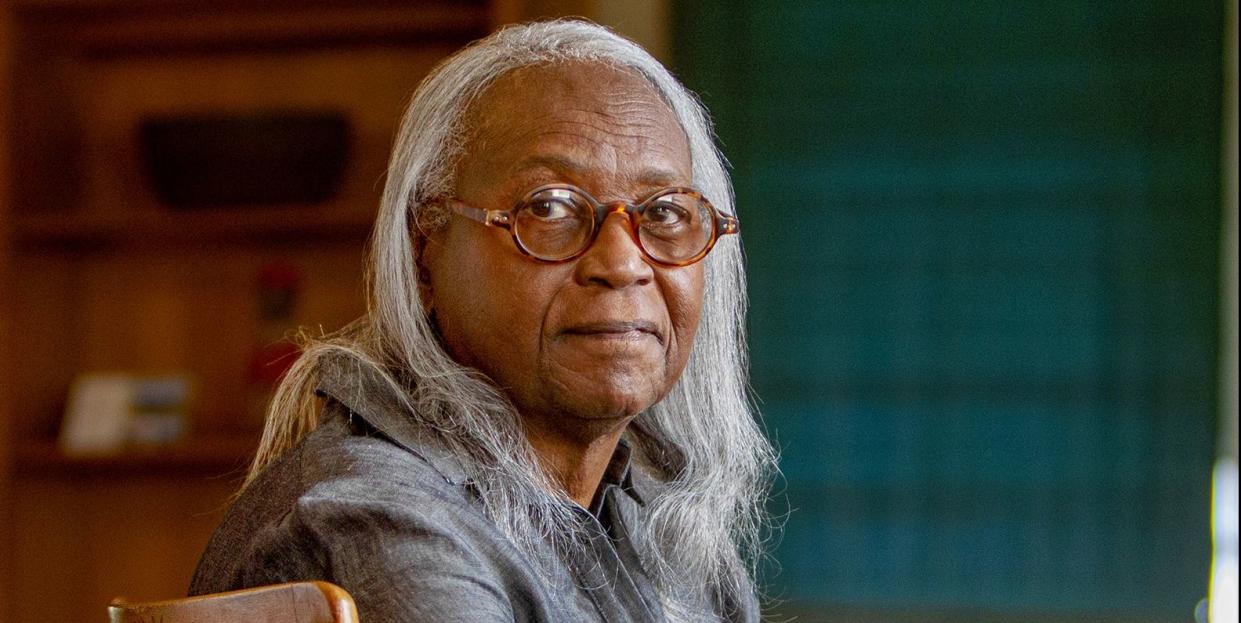
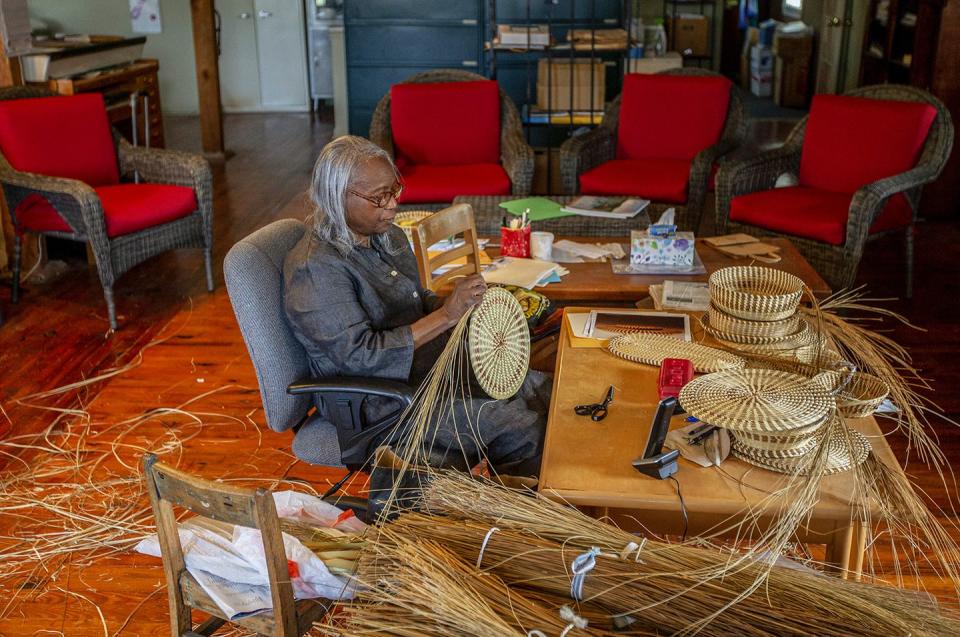
“I wanted to do something different from what I had learned growing up. I decided to do something which came from my own ideas.” That’s how Mary Jackson, 76, developed her unique take on a sweetgrass basket weaving technique that dates back to her ancestors in Africa. The art form made its way to the American South during slavery; now Jackson practices it in her studio on Johns Island outside of Charleston, where a community of sweetgrass basket makers still thrives today.
Danielle Harling: How were you introduced to basket weaving?
Mary Jackson: It was passed down to me from my mother when I was a young child. My mother said I was around 4 years old when I was just curious to know what she was doing. She made her basket. So then she started teaching me at that age, but I grew up learning more and more from my mother.
DH: And what are the origins of basket weaving?
MJ: This basket weaving we call sweetgrass baskets originated from Africa. It was made by people who were ancestors of those brought here as slaves. They brought this tradition with them, and continued making them for everyday lifestyle, whether it was on the plantation or in their own home environment. I’m a direct descendant from Africans who were brought here. My mother’s mother taught her. Her mother taught her, and on from way back.
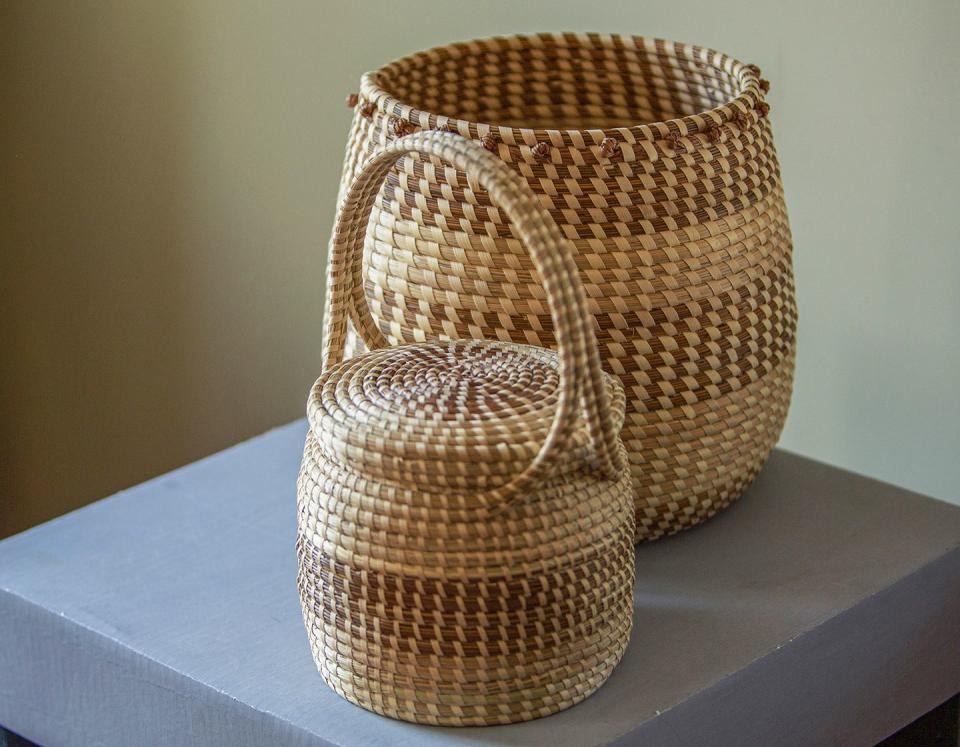
DH: How would you describe your childhood growing up?
MJ: It was very community oriented, because it was all of my father’s brothers and their families all living in a little small community almost like a little circle, and walking from one house to the other. I came from a large family, but all the families had children. So we interacted that way. That was our activities. We didn’t have a summer camp or other summer activities, like community centers, where you can learn to swim and all of that. It was very isolated in that sense, but we had very good camaraderie as children, because we played together every day. And this was an activity that was among families. So I learned how to make baskets.
DH: Where does the inspiration from your baskets come from?
MJ: It comes from beautiful forms that have been passed down, like table baskets, like open trays for serving food, or fruit baskets. And my idea, after I learned the technique, I wanted to do something different from what I had learned growing up, the traditional designs that were still in use. I decided to just do something which came from my own ideas.
DH: How do you hope people use your baskets? Or would you consider them to be more for fine art display?
MJ: Oh, some designs are more functional. Some designs are sculptural. So, you know, people tend to not use them at all, because they think it’s so beautiful. It’s considered to be one of the oldest African African art forms in this country. And it’s only this basket that’s made by people who are descendants of Africa, who kept the tradition alive. They’re in museums all over the country and different parts of the world.
DH: At what point do you think basket weaving became recognized as an art form, not just necessity?
MJ: I think in the early ’50s, it was first recognized by museums, and then they started collecting them for museum collections. Also in exhibitions—like, in 1984, one of my baskets was sent to the Vatican for an exhibition, along with other art forms, as a collection of work from the state of South Carolina. It was displayed in one of the Vatican Museums. And in, I think it was 1986, the Prince of Wales, Prince Charles, came to Charleston for a visit. And the city of Charleston presented him with a gift from the city, and they gave one of my baskets.
DH: What do you believe your ancestors who started making these baskets, how do you think they would feel about these accomplishments you’ve made through basket weaving?
MJ: Well, my grandmother, my maternal grandmother, lived long enough to see some of the recognition that I had been getting for my work, and she was very excited. Yeah, she thought it was so wonderful. Beautiful.
DH: And for your baskets, you use sweetgrass and pine needles?
MJ: Yes, and bulrush, which is also a traditional grass that men used to make agricultural baskets with, for field work. Sweetgrass is the softer pliable grass that was used by women to make baskets because it was easier to work with, easier on your hands. And that is still the same today.
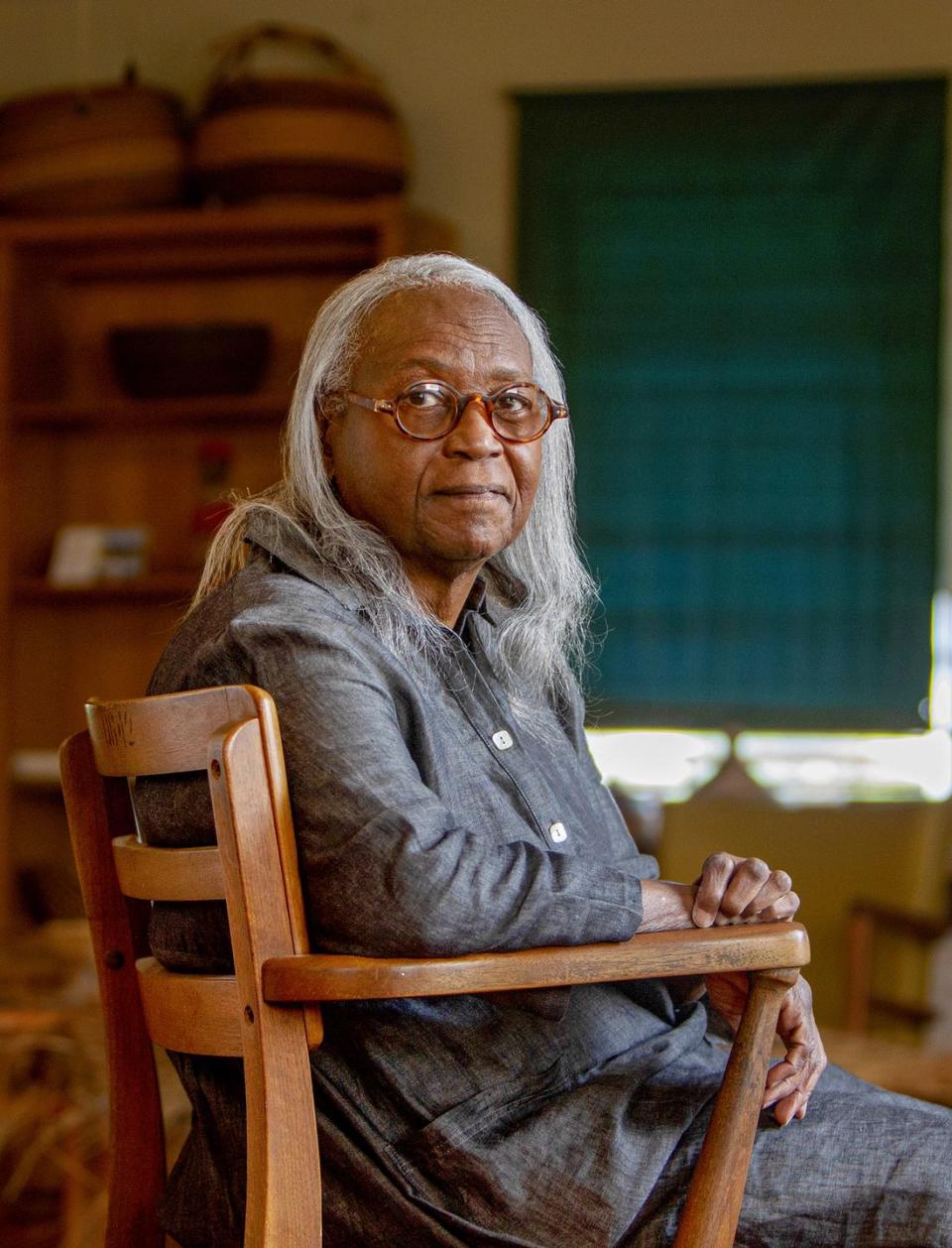
DH: Are these resources that will always be readily available? Could global warming affect the availability of these natural resources?
MJ: Global warming and development drastically affected these materials that have been used for centuries for making these baskets. We have historical records that show that these have been made for over 300 years. This community is now smaller than maybe 100 families. And changes of the coastline because of weather patterns affect the growth of these grasses. Also, development has taken over where these grasses grow because it's near the water where they want to build large-scale development like hotels and resorts that overlook the water. That has been the trend for the last 30 years. Even as a young person I can remember the older people talking about how these baskets would be disappearing because the grasses would not be available due to development. So it forced myself, as a basket maker, along with some other friends to get together and try to learn how to grow sweetgrass.
A horticulturalist from Clemson University, who lived in our area, helped us to learn how to grow it—and he himself did not know how to do it, because no one had ever tried growing the grasses before. But we all learned how to grow it and it became very successful.
DH: Are there any life lessons you learned through basket weaving?
MJ: That it is important to carry this tradition on so that we would always be in touch with our homeland. It keeps us in touch with how we came here. And when I said “we,” our ancestors came as slaves. And we should never have that part of our history repeated. So, keeping the tradition going, it reminds us of our past.
About the Journalist and Photographer
Turn Inspiration to Action
Consider donating to the National Association of Black Journalists (https://nabjonline.org). You can direct your dollars to scholarships and fellowships that support the educational and professional development of aspiring young journalists.
Support The National Caucus & Center on Black Aging (https://ncba-aging.org/). Dedicated to improving the quality of life of older African Americans, NCCBA's educational programs arm them with the tools they need to advocate for themselves.
Credits: Gavin McIntyre: Andrew Whitaker
This story was created as part of Lift Every Voice, in partnership with Lexus. Lift Every Voice records the wisdom and life experiences of the oldest generation of Black Americans by connecting them with a new generation of Black journalists. The oral history series is running across Hearst magazine, newspaper, and television websites throughout 2021. Go to oprahdaily.com/lifteveryvoice for the complete portfolio.
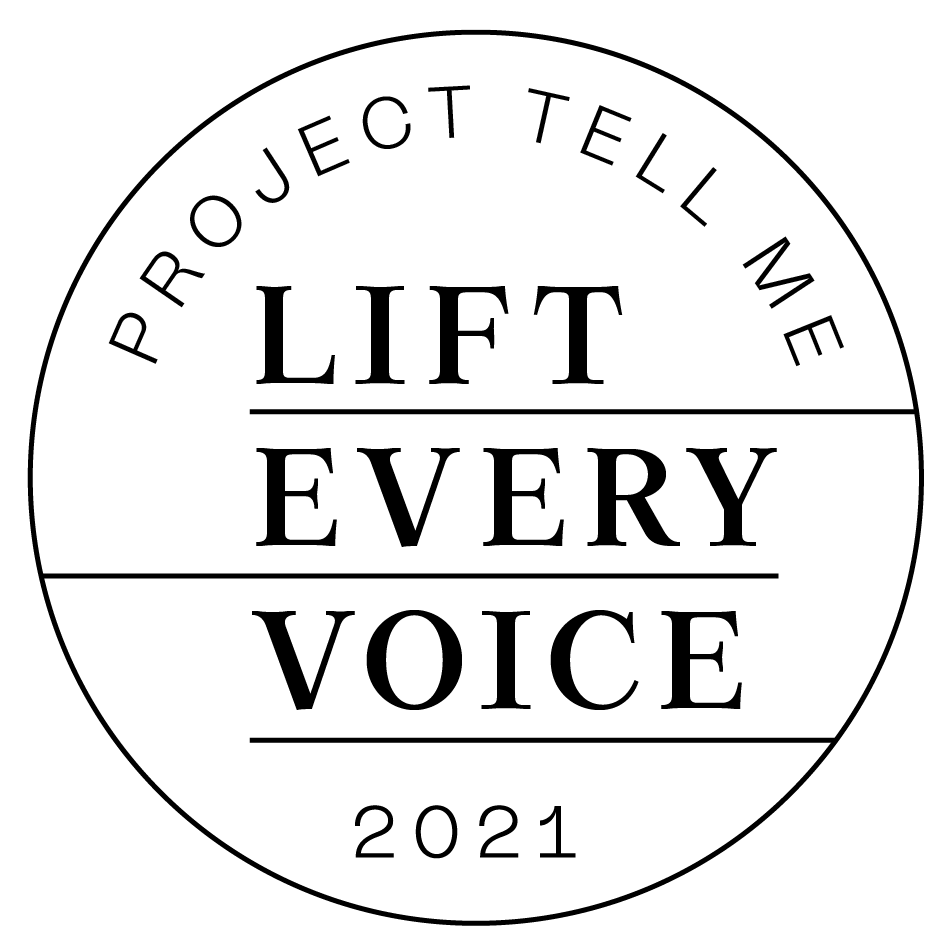
You Might Also Like
